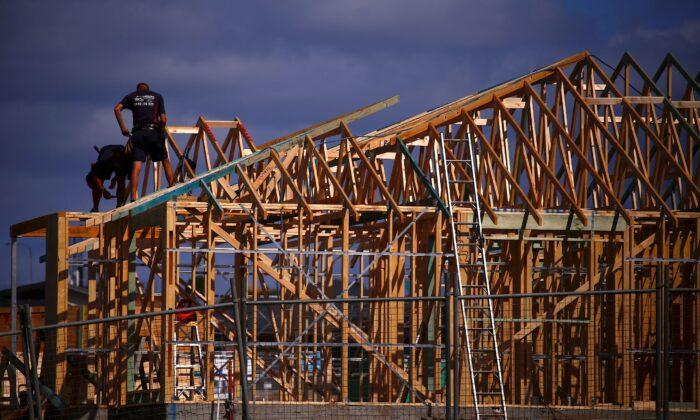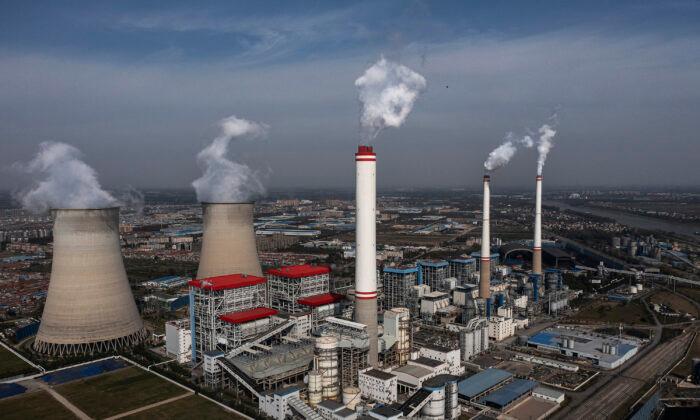The Australian Bureau of Statistics (ABS) revealed that the consumer price index (CPI) rose 0.8 percent in the September quarter, in line with economists’ expectations, and 3 percent annually.
The quarterly increase was driven by the rising fuel costs (7.1 percent) and housing construction (3.3 percent).
“Rising fuel prices also contributed to the September quarter CPI increase, with the CPI’s automotive fuel series reaching the highest level in its half-century history.”
The ongoing global supply crunch also pushed up prices for furniture (3.8 percent) and motor vehicles (1.4 percent).
Westpac senior economist Justin Smirk noted that the September quarter CPI was under the influence of government support.
Smirk said that as the economy reopens, it will be able to see price adjustments as there are global supply chain disruptions and local labour shortages.
While economists anticipated the CPI figures, the annual rise in underlying inflation at 2.1 percent came as a surprise, revealed to be 0.2 percent higher than expectations. This was the strongest annual increase since 2015.
“The surprise in trimmed mean inflation was driven by stronger than expected non-tradable inflation, where there was surprising strength in a range of services like insurance and restaurant meals,” ANZ economist Hayden Dimes said.
Dimes said these latest figures might put pressure on the Reserve Bank of Australia (RBA) to rethink its forward guidance for the cash rate, as trimmed mean inflation is the measure that the central bank focuses on.
“[But] we think the RBA’s outlook for inflation in 2023 will continue to be driven by its expectations for wages,” Dimes said. “And we don’t think the RBA is likely to change its view on wages growth all that much.”





